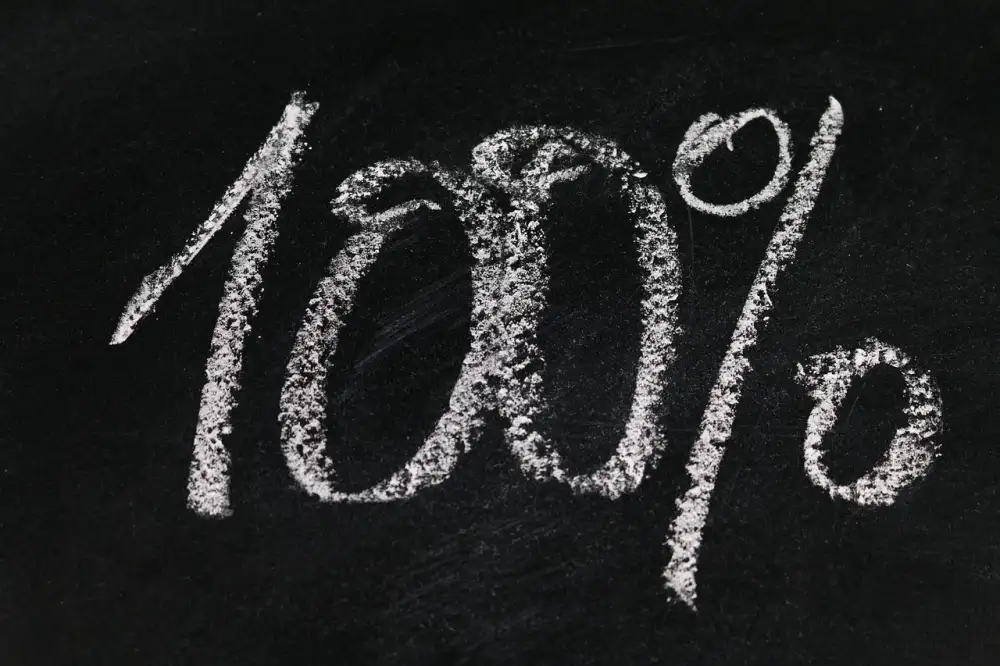Decoding the Percentage of Rain: Understanding How Weather Forecasts Calculate Rain Probability

Weather forecasts play a crucial role in our daily lives, helping us plan our activities and make informed decisions. One of the key components of any weather forecast is the percentage of rain. But have you ever wondered how meteorologists calculate this probability? Understanding how the percentage of rain is determined can help us interpret weather forecasts more accurately and prepare for any potential rainfall. In this article, we will delve into the intricacies of calculating rain probability and explore its significance in our day-to-day lives. So let's unravel the mystery behind those numbers and decode the percentage of rain!
Understanding the Percentage of Rain
When checking the weather forecast, one of the key pieces of information we look for is the percentage of rain. But what exactly does this number mean? The percentage of rain represents the likelihood or probability that it will rain in a given area during a specific time period. It is expressed as a percentage, ranging from 0% (no chance of rain) to 100% (almost certain to rain). This percentage helps us plan our activities and make informed decisions about whether to carry an umbrella or reschedule outdoor plans. But how do meteorologists calculate this probability? Let's delve deeper into the factors considered in calculating the percentage of rain.
Factors Considered in Calculating the Percentage of Rain
Calculating the percentage of rain in a weather forecast is not as simple as it may seem. Meteorologists take into account various factors to determine the likelihood of rainfall. One crucial factor is the presence and movement of weather systems such as low-pressure areas, fronts, and tropical cyclones. These systems can bring moisture and instability to an area, increasing the chances of rain.
Another important factor is the amount of moisture available in the atmosphere. Meteorologists analyze data from weather balloons, satellites, and ground-based instruments to measure humidity levels at different altitudes. If there is a significant amount of moisture present, it enhances the probability of precipitation.
Wind patterns also play a role in determining rain probability. Winds can transport moisture from one location to another, influencing where rainfall occurs. Meteorologists study wind direction and speed to understand how it may impact rain distribution.
Topography is yet another factor that affects rainfall patterns. Mountains, hills, and valleys can alter atmospheric conditions by causing air to rise or descend. This process leads to changes in temperature and pressure, which can trigger cloud formation and precipitation.
Furthermore, meteorologists consider historical weather data when calculating rain probability. They analyze past rainfall patterns for a specific location during similar weather conditions to make predictions about future events.
By taking all these factors into account, meteorologists are able to estimate the likelihood of rain occurring within a given time frame accurately. However, it's important to remember that forecasting remains an imperfect science due to the complex nature of weather systems.
Meteorological Data and Forecasting
Meteorological data plays a crucial role in accurately forecasting the percentage of rain. Weather stations collect vast amounts of information, including temperature, humidity, wind speed, and atmospheric pressure. This data is fed into sophisticated computer models that analyze patterns and trends to predict future weather conditions. These models take into account historical data, satellite imagery, and radar observations to generate forecasts. Meteorologists also consider local topography and geographical features that can influence rainfall patterns. By analyzing this wealth of information, meteorologists can provide us with reliable estimates of the percentage of rain in our area.
Interpreting the Percentage of Rain
When you see a percentage of rain in a weather forecast, it is important to understand what it actually means. The percentage represents the likelihood of precipitation occurring within a specific area during a certain time period. For example, if the forecast says there is a 40% chance of rain tomorrow, it means that there is a 40% probability of rain occurring in your location.
It's crucial to note that this percentage does not indicate how much rain will fall or for how long. It simply indicates the probability of precipitation happening at all. So, even if the chance of rain is low, it doesn't necessarily mean that you won't experience any rainfall.
The percentage of rain can vary from region to region and can change throughout the day. It is essential to keep an eye on updated forecasts as they provide more accurate information about the changing weather conditions.
Remember that weather forecasting is not an exact science, and there are always uncertainties involved. The percentage of rain gives us an estimate based on various factors, but it cannot guarantee precise outcomes.
So when interpreting the percentage of rain, it's advisable to use it as a guide rather than relying solely on it. Consider other factors like cloud cover, wind direction, and atmospheric pressure to get a better understanding of what kind of weather you can expect.
By understanding and interpreting the percentage of rain correctly, you can make informed decisions about outdoor activities and plan your day accordingly. Whether it's carrying an umbrella or rescheduling outdoor events, having this knowledge helps you be prepared for whatever Mother Nature has in store.
In conclusion, interpreting the percentage of rain in weather forecasts requires considering various factors and understanding its limitations. Use it as a guide alongside other meteorological information to make well-informed decisions about your daily activities.
Importance of Knowing the Percentage of Rain
Knowing the percentage of rain is crucial for various reasons. Firstly, it helps individuals plan their outdoor activities accordingly. If there is a high chance of rain, people can reschedule their plans or make necessary arrangements to ensure they are prepared for wet weather conditions. Secondly, businesses that rely on weather conditions, such as agriculture and tourism, can make informed decisions based on the probability of rain. This helps them manage resources effectively and minimize any potential losses. Lastly, knowing the percentage of rain allows us to be proactive in terms of safety measures. For example, if there is a high chance of heavy rainfall, we can take precautions to prevent flooding or damage to property. Overall, understanding the percentage of rain empowers us to make better decisions and adapt to changing weather conditions.
In conclusion, understanding the percentage of rain in weather forecasts is crucial for planning our daily activities and making informed decisions. By decoding this information, we can better prepare ourselves for potential rainfall and adjust our plans accordingly. Factors such as humidity, cloud cover, and atmospheric conditions play a significant role in calculating the probability of rain. Meteorological data and forecasting techniques help meteorologists make accurate predictions about upcoming weather patterns. Interpreting the percentage of rain allows us to determine the likelihood of precipitation occurring within a specific time frame. It is essential to stay updated with weather forecasts to stay safe and avoid any inconvenience caused by unexpected rainfall. So next time you check the weather forecast, remember to pay attention to the percentage of rain and use it wisely in your daily planning.
Published: 09. 01. 2024
Category: Home



